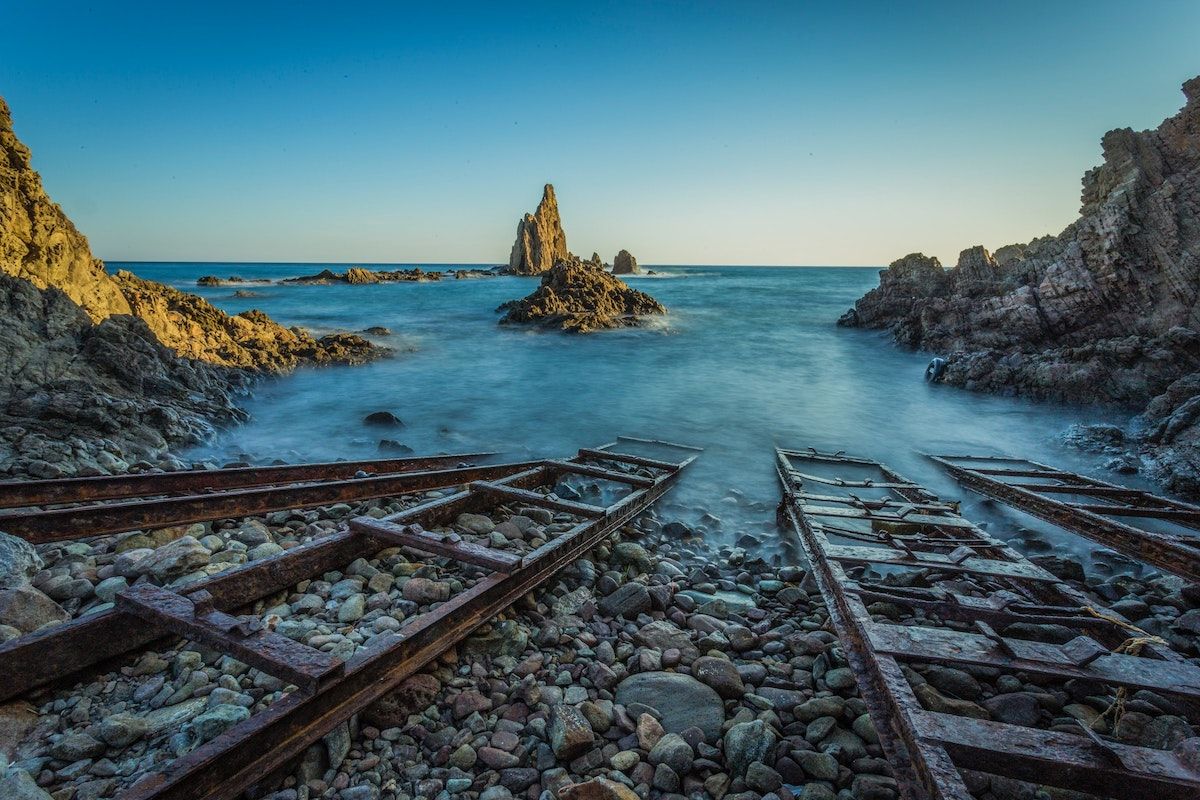Risk: When you've thought of everything else
Every goal you dream about has a downside that’s easy to overlook.

Capital Thinking • Issue #1105 • View online
Thirty-seven thousand Americans died in car accidents in 1955, six times today’s rate adjusted for miles driven.
Ford began offering seat belts in every model that year. It was a $27 upgrade, equivalent to about $190 today. Research showed they reduced traffic fatalities by nearly 70%.
But only 2% of customers opted for the upgrade. Ninety-eight percent of buyers preferred to remain at the mercy of inertia.
Things eventually changed, but it took decades. Seatbelt usage was still under 15% in the early 1980s. It didn’t exceed 80% until the early 2000s – almost half a century after Ford offered them in all cars.
A Few Short Stories
Morgan Housel | The Collaborative Fund Blog:
It’s easy to underestimate how social norms stall change, even when the change is an obvious improvement.
One of the strongest forces in the world is the urge to keep doing things as you’ve always done them, because people don’t like to be told they’ve been doing things wrong.
Change eventually comes, but agonizingly slower than you might assume.
Dunkirk was a miracle.
More than 330,000 Allied soldiers, pinned down by Nazi attacks, were successfully evacuated from the beaches of France back to England, ferried by hundreds of small civilian boats.
London broke out in celebration when the mission was completed. Few were more relieved than Winston Churchill, who feared the imminent destruction of his army.
But Edmund Ironside, commander of British Home Forces, pointed out that if the Allies could quickly ferry a third of a million troops from France to England while avoiding aerial attack, the Germans probably could, too.
Churchill had been holding onto hope that Germany couldn’t cross the Channel with an invasion force; such a daring mission seemed impossible. But then his own army proved it was quite possible.
Dunkirk was both a success and a foreboding.
Your competitors can probably innovate and execute as well as you can. So every time you uncover a new talent you’re proud of, temper your thrill with the acceptance that other people who want to win as badly as you probably aren’t far behind.
Notorious BIG once casually mentioned that he began selling crack in fourth grade. He explained:
They [teachers] was always like, “Take the talent that you have and think of something that you can do in the future with it.”
And I was like, “Well, I like to draw.” So what could I do with drawing? What am I gonna be, an art dealer? I’m not gonna be that type. I was thinking maybe I can do big billboards and shit. Like commercial art.
And then after that I got introduced to crack. Haha, now I’m thinking, commercial art?! Haha. I’m out here for 20 minutes and I can make some real, real money, man.
Incentives drive everything, and most of us underestimate what we’d be willing to do if the incentives were right.
Before launching themselves into space on rockets, NASA astronauts ran tests in high-altitude hot-air balloons.
A balloon flight on May 4th, 1961, took American Victor Prather to 113,720 feet, scraping the edge of space. The goal was to test NASA’s new spacesuit.
The flight was a success. The suit worked beautifully.
As Prather descended back to earth, he opened the faceplate on his helmet when he was low enough to breathe on his own.
He landed in the ocean as planned, but there was a small mishap: Prather slipped from his craft while connecting himself to the rescue helicopter’s line, falling into the ocean.
The spacesuit should have been watertight and buoyant. But since Prather had opened his faceplate, he was now exposed to the elements. Water rushed into his suit. Prather drowned.
Think of how much planning goes into launching someone to space. So much expertise, so many contingencies. So many what if’s and what then’s.
Every detail is contemplated by thousands of expert workers. But even then – despite so much planning – a tiny thing no one had considered invites catastrophe.
As Carl Richards says, risk is what’s left when you think you’ve thought of everything.

